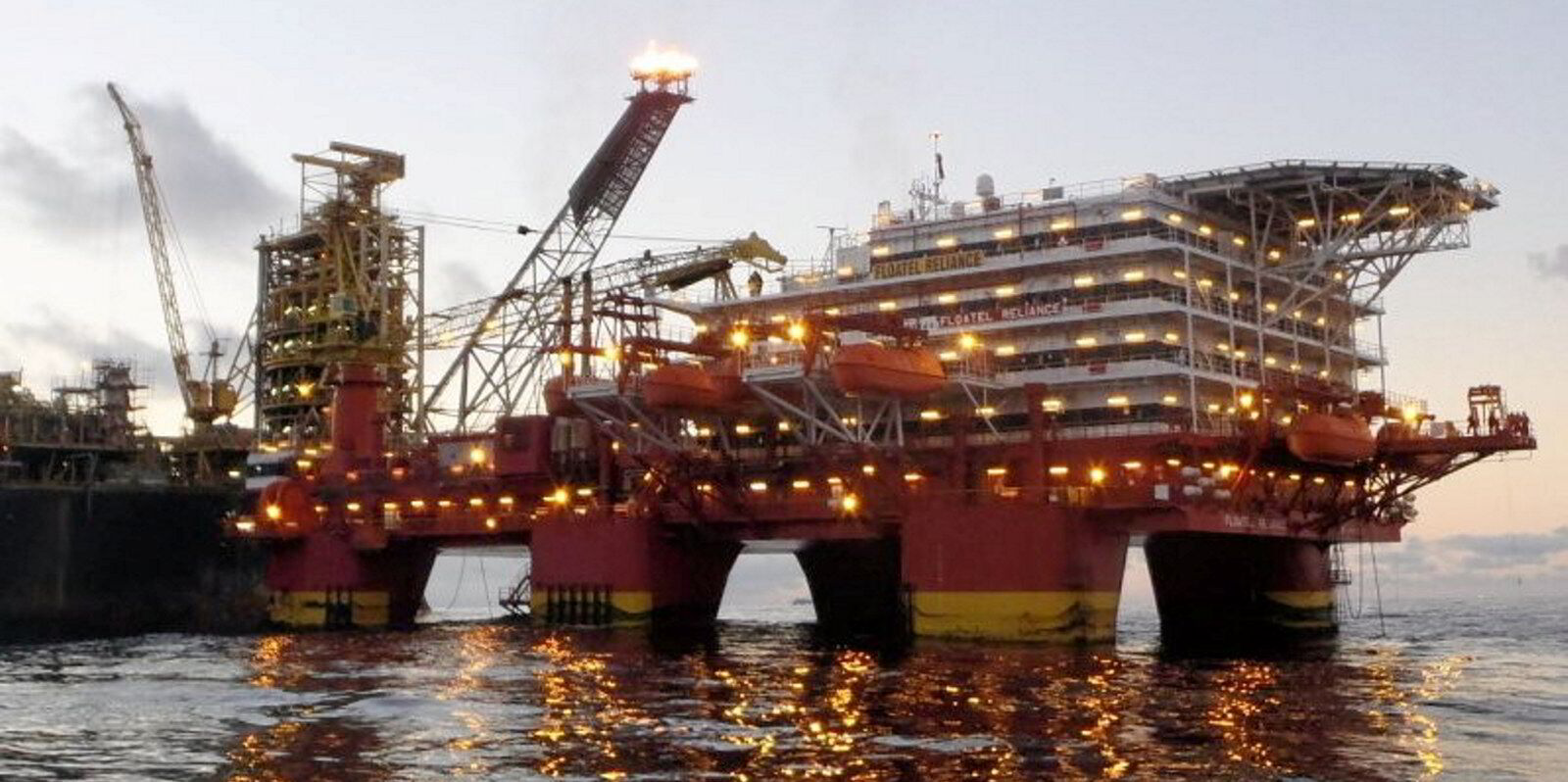Pareto analyst Jorgen Sovik Opheim went back to a familiar example to illustrate the upturn in the offshore market.
Like last year’s presentation at the Pareto Energy Conference, Opheim told the story of the 5,400-dwt Rem Crusader (built 2010), which was first sold in 2021 for $11.5m for a yacht conversion that never happened before a Pareto project finance team snagged the vessel last year for $19m.
“Why on earth am I showing this again?” he asked the standing-room-only crowd on Wednesday afternoon.
His answer was illustrative of how much the offshore sector had improved over the last year: A recent refinancing valued the platform supply vessel around $30m and the Remoy Shipping-operated ship was on a $30,000-per-day charter with Equinor.
Overall, Opheim said utilisation was up for the sector, into the 70% or 80% range depending on whether you were discussing PSVs, subsea vessels or anchor-handling tug supply vessels thanks to both rising demand from oil and gas and renewables and smaller fleets.
“The key difference from previous cycles is there’s very little spare capacity left,” he said. “We’re at unprecedented lows here. You have to go back to before [2007] to get similarly low levels.”
The orderbook was also “better than anything you'll see in any shipping segment”, he said.
Very few ships are younger than 10 years, and while some owners have ordered vessels — Opheim pointed out but did not name specifically, Evangelos Marinakis’ recent PSV orders — demands from investors could keep them on the sidelines.
The analyst noted investors were primarily concerned with dividends, which could push owners to choose to return capital to shareholders rather than order vessels.
But if they want to, financing could be available in ways it has not been recently, with lenders wary of the sector and its connections to fossil fuels.
Opheim pointed out that Norwegian owners who have ordered subsea vessels, a segment he and other presenters pointed out as the hottest, stuck to use-ambiguous language.
“Remember it’s not called an oil services vessel or a subsea vessel. It’s called an energy construction vessel,” he said. “And the financing as we know it from back in the day is available.”




